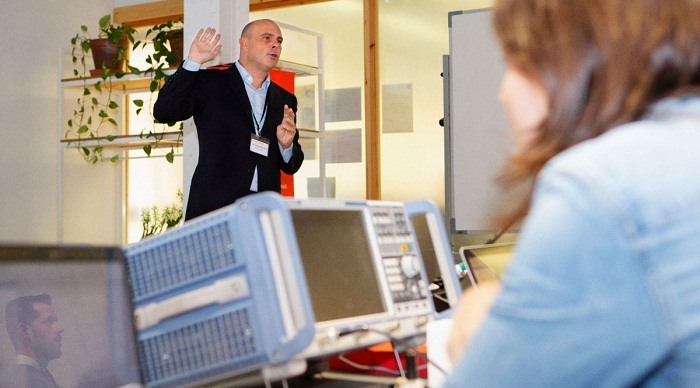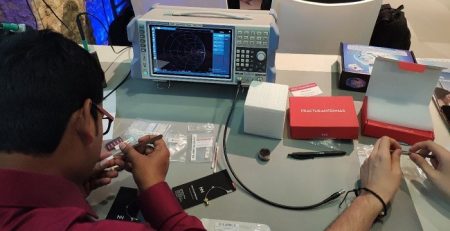US Air Force Investing in the Development of Origami Antennas
Florida International University (FIU), has received an additional $4.82 million from the Air Force of Scientific Research (AFSOR) department to expand its groundbreaking research on origami antennas. Last year, the AFOSR had granted FIU, $4.82 million to establish the Transforming Antennas Center (TAC). The funding total, now close to $10 million, will be distributed over a period of six years.
TAC develops innovative and advanced origami-based antennas for the next-generation of Air Force and Department of Defense systems. The dynamically adaptable antennas can be compactly stowed, easily collapsed and quickly deployed, enhancing the agility of warfighters in the battlefield. The new grant builds on existing research, such as the expansion of designs and materials to be used, and will enable TAC to perform fundamental studies as well as develop new computational tools and building blocks for these robust foldable antenna systems. It will also support convergence research and enhance the center’s workforce development efforts.
According to John Volakis, Dean of FIU’s College of Engineering & Computing, the grant augments TAC’s workforce development initiatives by increasing the number of postdoctoral researchers, Ph.D. students and undergraduate students for their already strong research in the radio frequency (RF) and millimeter wave/5G applications. It will also contribute to state-of-the-art undergraduate and graduate curricula in antennas and electromagnetics and strengthens collaboration with industry partners.
The additional funding enhances TAC’s research collaboration opportunities with the Air Force Research Laboratory (AFRL) and facilitates the exchange of technical information between AFRL scientists and FIU faculty and students. It also brings two new collaborating institutions to the TAC – Brigham Young University and Cornell University.
The goal of convergence research, according to Stavros Georgakopoulos, TAC Director and Professor in the College of Engineering & Computing’s Department of Electrical & Computer Engineering, is to merge different disciplines together in the spirit of collaboration and create new ways of examining and investigating problems in the hopes of solving them and leading to breakthroughs. The grant allows TAC to grow their research in origami antennas by bringing together intellectually diverse experts to pool resources and develop novel systems.
Stavros Georgakopoulos is the inventor of several foldable origami antenna systems. He pioneered the development of the first-generation origami electromagnetic system through a previously awarded National Science Foundation Emerging Frontier in Research and Innovation (ERFI) grant, which was co-funded by AFOSR. Inspired by the Japanese art of paper folding, origami electromagnetic systems include reconfigurable, foldable and deployable multifunctional antennas and antenna arrays, adaptable “smart skins” for communication and sensing, and compact/collapsible wearable antennas.








